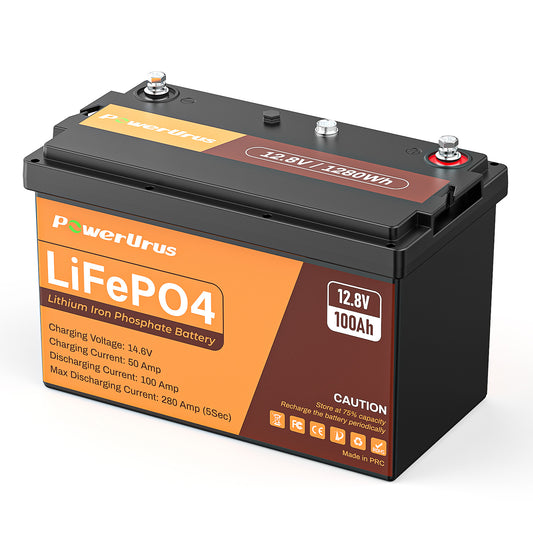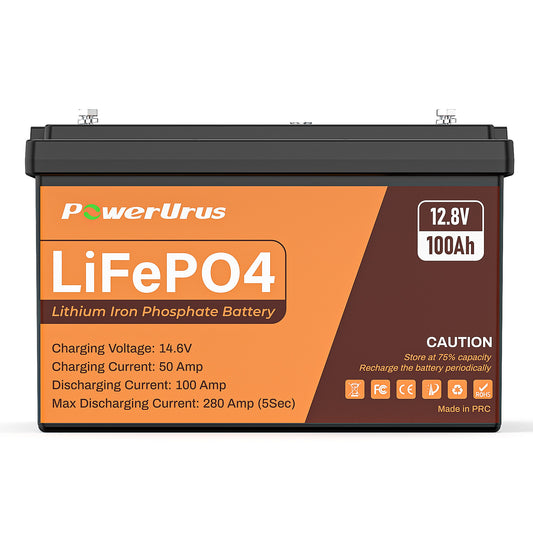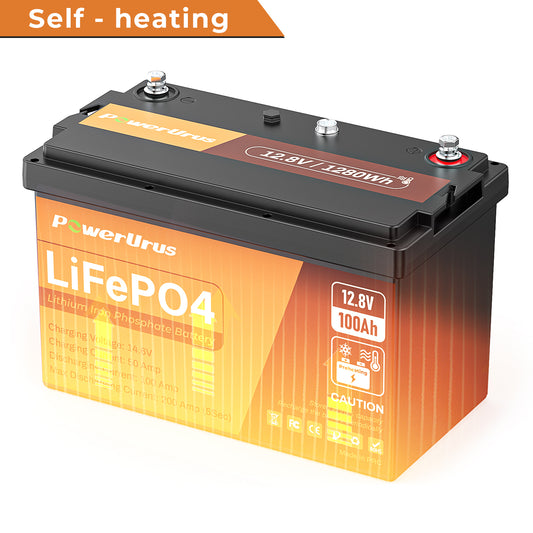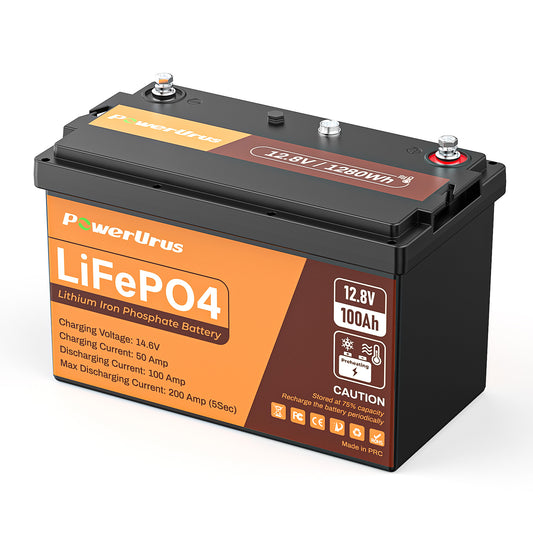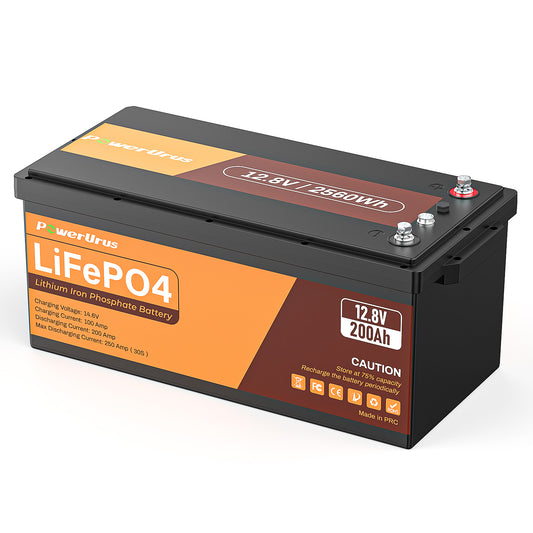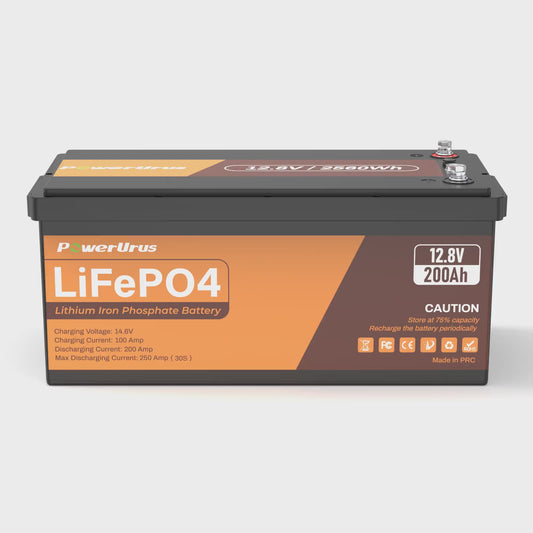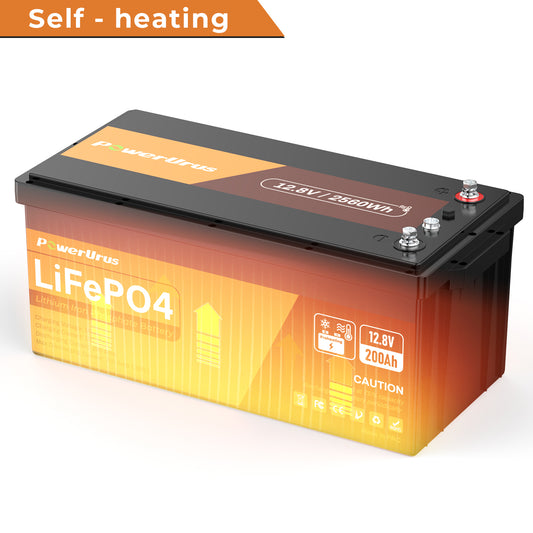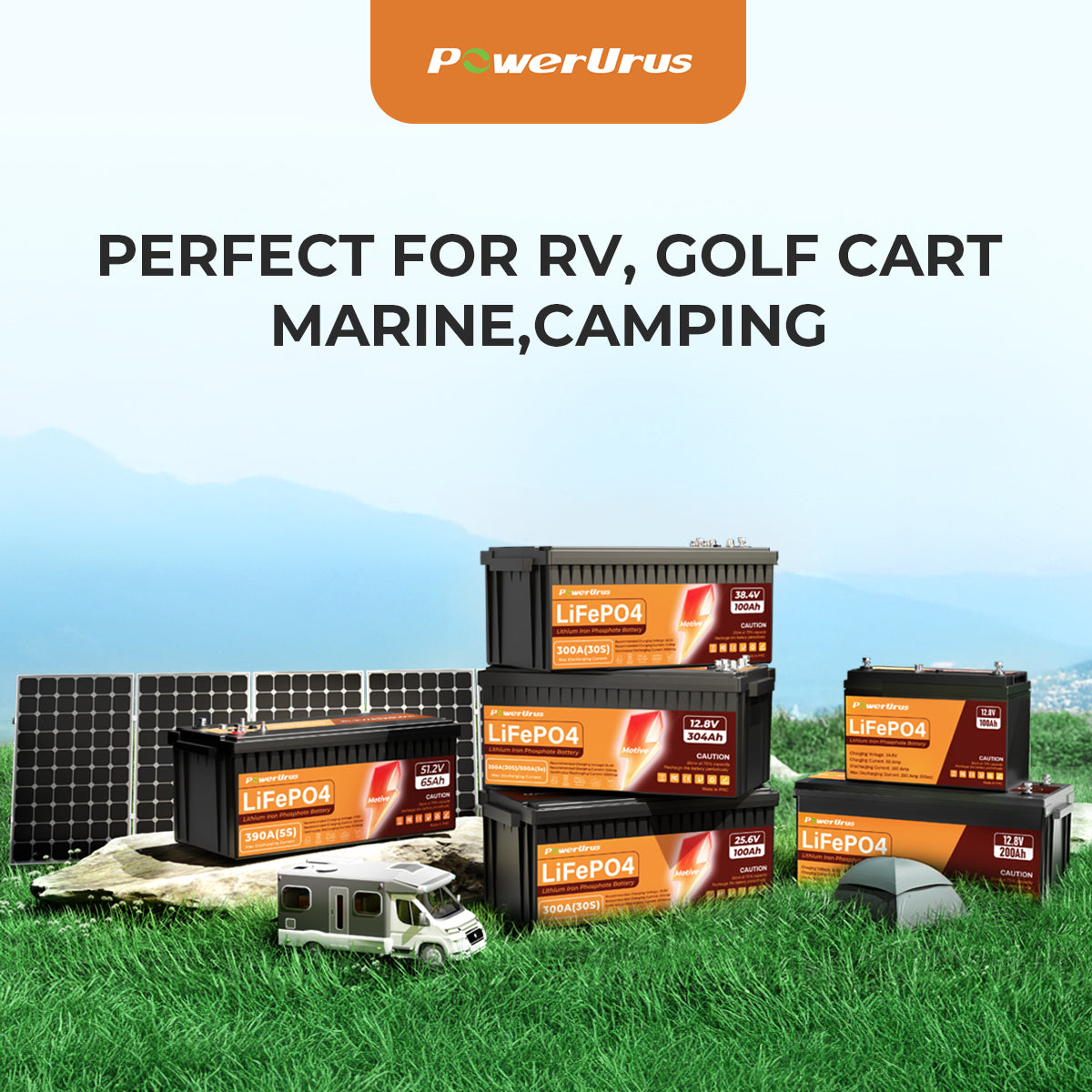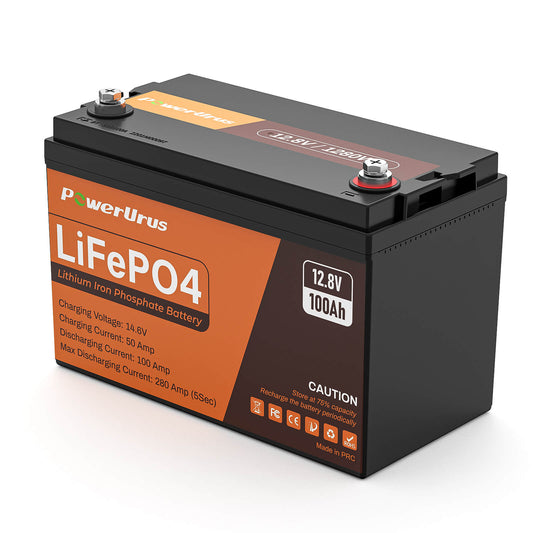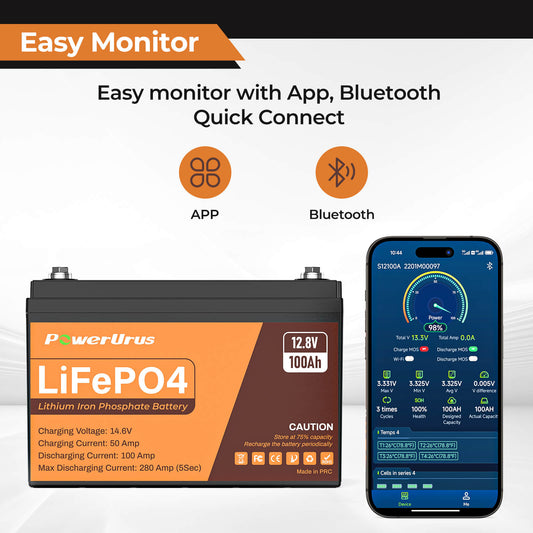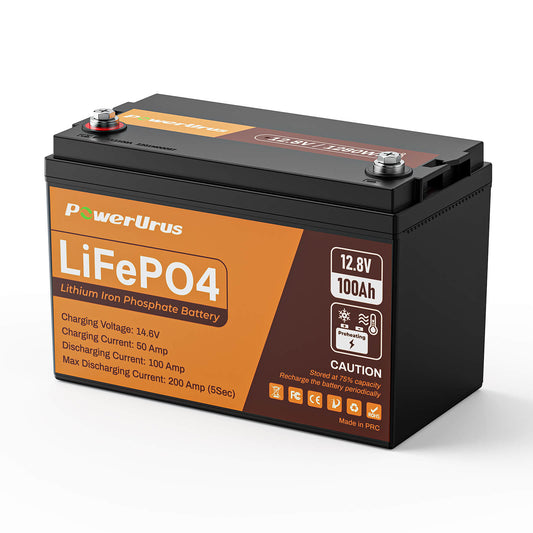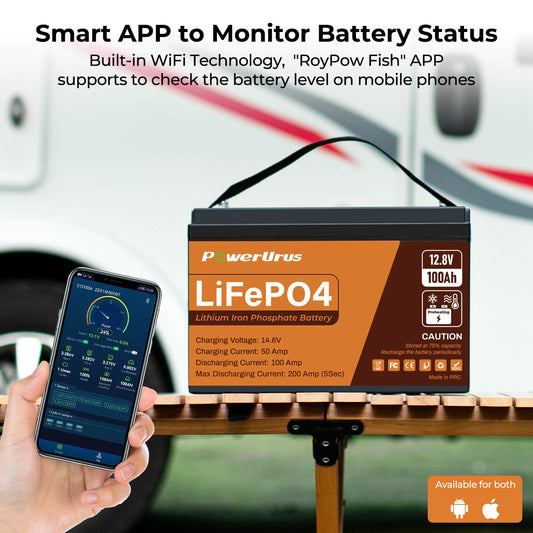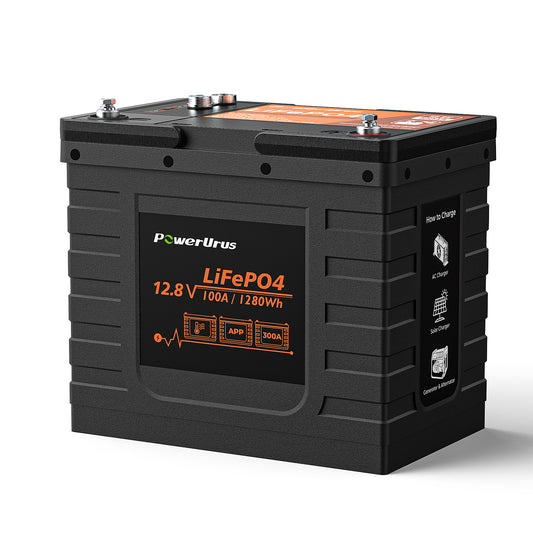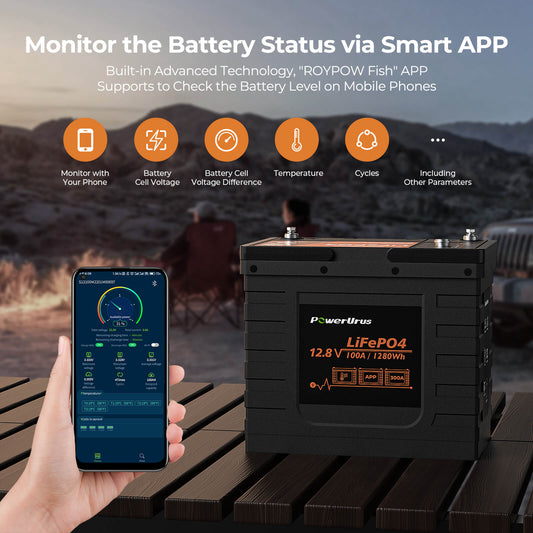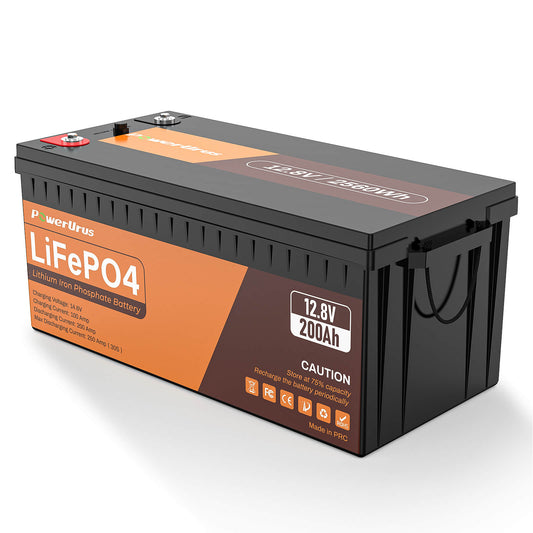How to Choose the Right Self-Heating LFP Battery: Home, RV, and Industrial Use
Selecting a 12V 300Ah self-heating lithium iron phosphate (LFP) battery requires tailoring performance to your use case. While all LFP batteries thrive in cold climates, their design, safety protocols, and heating efficiency vary. Here’s a guide for home, RV, and industrial applications:
1. Home Energy Storage
Focus: Cost savings, safety, and grid independence.
Capacity Utilization: A 12V 300Ah battery (~3.6 kWh) suits small households for backup power during outages or pairing with solar panels. Opt for models with 90%+ energy efficiency to reduce waste.
Thermal Safety: Prioritize built-in PTC (Positive Temperature Coefficient) heating for passive, energy-efficient warmth. Ensure compliance with safety standards like UL 2849.
Smart Features: Choose systems with remote monitoring to track temperature, and state of charge (SoC), and optimize heating cycles.
Ideal Scenario: powering lights, appliances, and security systems in suburban homes with occasional freezing temps.
2. RV and Mobile Applications
Focus: Portability, durability, and fast charging.
Compact Design: A 12V 300Ah battery is lightweight and space-efficient for RVs, easily tucked under seats or in storage compartments.
Discharge Rate: Ensure a 5C–10C discharge rating to handle high-power appliances (e.g., fridges, heaters) during travel.
Vibration Resistance: Opt for ruggedized builds with IP67/IP68 ratings to withstand road vibrations and outdoor elements.
Fast Charging: Look for 100A+ DC fast-charging support to recharge quickly at campsites or RV parks.
Ideal Scenario: Providing 24–48 hours of power for essential RV systems in subzero environments.
3. Industrial and Commercial Use
Focus: Scalability, longevity, and reliability.
Cycle Life: Industrial-grade batteries should endure 10,000+ cycles (20+ years) with heavy daily use.
Modular Compatibility: Select 12V 300Ah modules that integrate seamlessly into larger storage arrays (e.g., 100–500 kWh systems).
Industrial Certifications: Ensure compliance with IEC 62133 (safety) and NFPA 855 (fire codes) for commercial installations.
Environmental Resilience: Prioritize batteries with wide temperature ranges (-20℃ to 50℃) for harsh outdoor conditions.
Ideal Scenario: Powering warehouses, solar farms, or microgrids in remote or freezing climates.
Key Decision Factors
Heating Technology: Compare PTC (passive) vs. resistive (active) heating. PTC is more energy-efficient; resistive offers faster warm-up.
Warranty: Industrial models often include 10–15-year warranties; consumer-grade batteries may offer 5–7 years.
Environmental Impact: Opt for batteries with recyclable materials and eco-friendly manufacturing processes.
Final Tip: Test the battery in simulated cold conditions (e.g., -20℃) before purchase. Monitor heating performance and capacity retention to ensure reliability.

